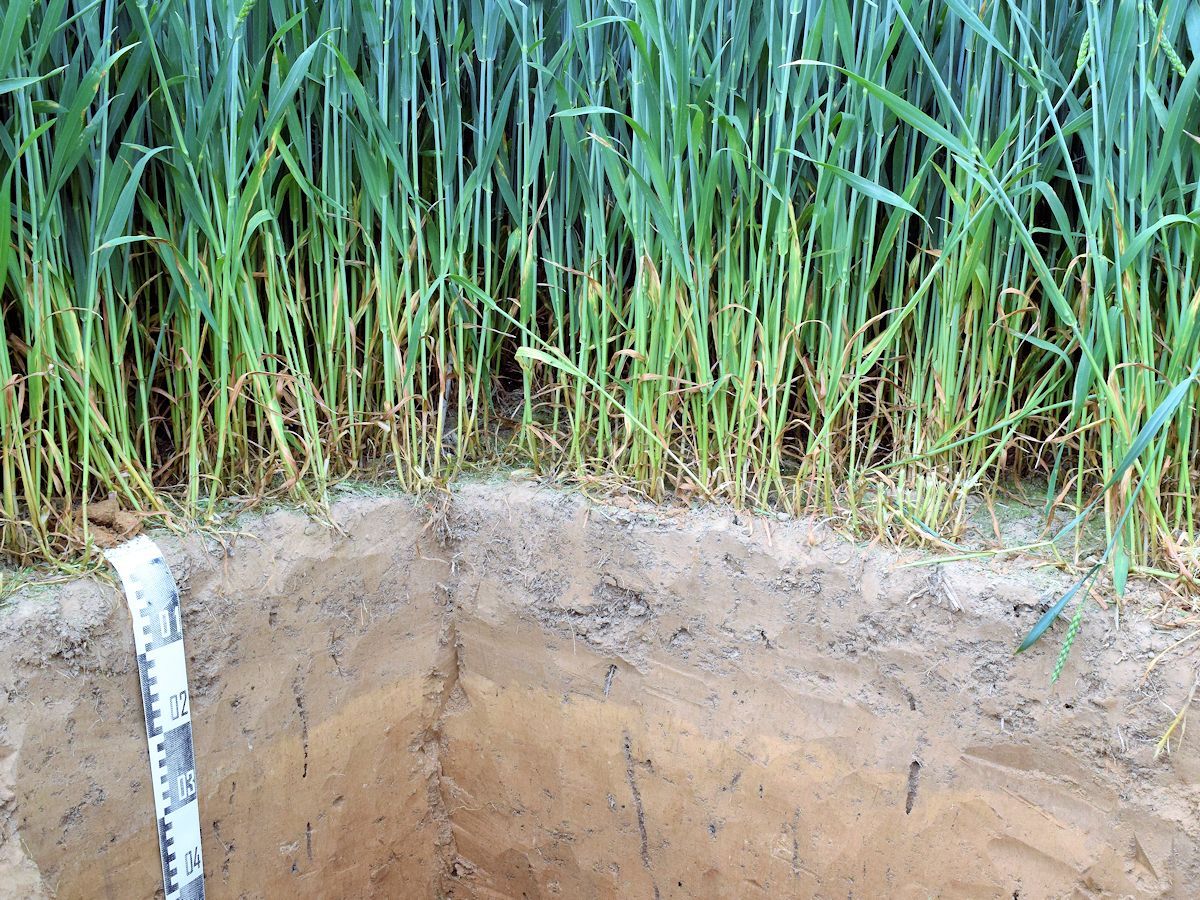Within the framework of the Soil3 project, ten long-term experiments in Germany were sampled down to one metre depth to determine the effects of agricultural management on subsoil (> 30cm) organic carbon stocks. In our study, we showed that 20% of the total management effects occur below 30cm depth. Among all significant management practices, the largest subsoil effects were achieved by mineral fertilisation and irrigation, the smallest by organic fertilisation with farmyard manure and straw incorporation. Below 50cm, none of the nine management practices investigated showed significant effects on organic carbon stocks.
Our article provides important insights regarding the adaptation of agriculture to climate change and climate change mitigation options through humus build-up in the subsoil. The results suggest that subsoils need to be included in agricultural management as well as in pedological studies. Therefore, we recommend extending the standard soil sampling depth from 30cm to 50cm to capture fully changes in organic carbon stocks.

![[Translate to English:] [Translate to English:]](/media/_processed_/6/4/csm_titel_CO2Kampagne8_afeea2273e.png)
![[Translate to English:] [Translate to English:]](/media/_processed_/4/1/csm_titel_93px_CO2Kampagne8_9b0f3354d4.png)






